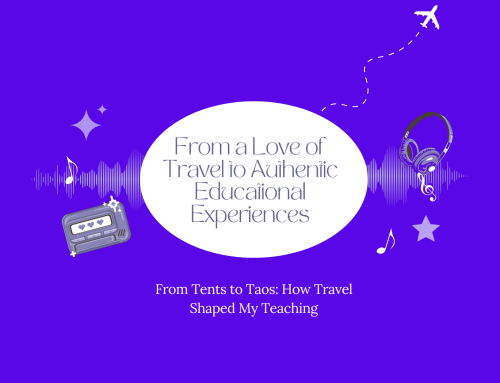I hadn’t seen my students since March 10th. I hadn’t heard them sing together or in public since we closed down back in March. In fact, I was at an American Choral Directors Association Southern Conference went everything went left. I didn’t even get to tell them goodbye. At first, we believed it was only going to be two weeks. “Oh, we’ll be back after spring break,” is what we kept telling ourselves. All of my colleagues quickly realized the severity of it all. My heart ached, and I honestly dealt with issues of depression and feelings of hopelessness at the beginning of lock-down during COVID-19. Then, an awakening (as I’ve now called it) happened within me due to all of the social unrest surrounding the deaths of Breonna Taylor and George Floyd. I began to read and watch documentaries and social commentary about all of the things going on in this world in my free time. I then realized that I needed to use my voice to speak out about the unrealistic expectations being placed upon teachers to return to the classroom in Georgia.
Advocacy Efforts for Virtual Learning
Between several calls, emails to school board members, starting a teacher FB group, and organizing a protest at the state capitol, we finally received word that we would begin our school year completely virtual. I was extremely happy about this. Although I had missed seeing my students in person and singing with them in person, I was not feeling too comfortable about being in school, pretending to be teaching as normal. We had several weeks of training on how to teach remotely, which helped me feel like I could do my job efficiently enough.
I believe that I was pretty successful in that 100% virtual situation. In fact, I’ve done a few YouTube Teacher Tutorials on how I’ve set up my Zoom classes. It was extremely tedious and time-consuming at the beginning. But once I established a pattern and some work boundaries to keep myself sane – I settled into a groove. My goal was to keep my students singing and helping them find their voice while singing alone. I used research-based teaching practices and consulted college professors who teach online classes every year. The hardest part of this was reaching all of my students. I have made more parent contact in the first few weeks of school than in my entire 11 years in the profession, and that’s saying a lot. For the students that did log in consistently, we had fun, we learned music, and they adjusted to our temporary normal.
Moving Into the Physical Classroom
In the middle of September, my district felt that the district was ready to begin phasing back into the schools with those who chose to come back face-to-face. Elementary went back on October 5th, the middle school followed two weeks later, and finally, high school finished. On November 5th, my school district began the high school phase-in with students in person and virtual simultaneously. My first two days were exhausting. On top of creating lessons, doing IT, content curation, grading, and now dealing with discipline, mask protocols, we were now in charge of sanitation. I’ve created class protocols to limit opportunities for exposure. We have seating charts, Clorox wipes, masks, and Lysol. It’s different, it’s not ideal, but I am so so so glad to have some of my students back in the classroom.
My school has about 30% of its population back for in-person teaching, which is great because, as the largest school in our district, I had many concerns. I have about half of my program remaining virtual this fall. We are still singing. I have a nice set up where my virtual students can see me from the student’s view, and then I have an additional camera that points to their classmates who are in person. I hope that it helps them feel like they are a part of the class and can be a part of the conversation.
I talk to my students as a whole, and I tell my virtual students to chime in just as if they are in person. I am sure to make sure that I balance my attention as best as I can. We have a virtual choir concert planned to premiere in December. We have fundraisers and social activities to help continue building our community. We continue to move forward through this pandemic. We will sing live all together again. I will say that a positive that has come out of teaching virtually is that our students have become much more self-reliant, or they are working towards it. Students are communicating and learning how to use their technology, not just for Tiktok. Many of my students are thriving and rising to the occasion. I have some safeguards in place for those who are not, including zoom conferences and student led/organized tutorials.
Moving forward
One thing I want to leave teachers with is that you need to give yourself grace. If you have to leave something until tomorrow – do it! The world is not going to collapse if your lesson plans aren’t just perfect. Teaching in a pandemic is not normal, and we cannot continue to pretend that it is. This is survival. We all should focus on remaining healthy, both physically and mentally, and be there for not only our students but our own families and friends.
Chantae D. Pittman is a Cobb County choral director at Campbell High School in Smyrna, Ga. She can be reached by email at [email protected] and found on Twitter and Instagram@: futuredocp.




Leave A Comment